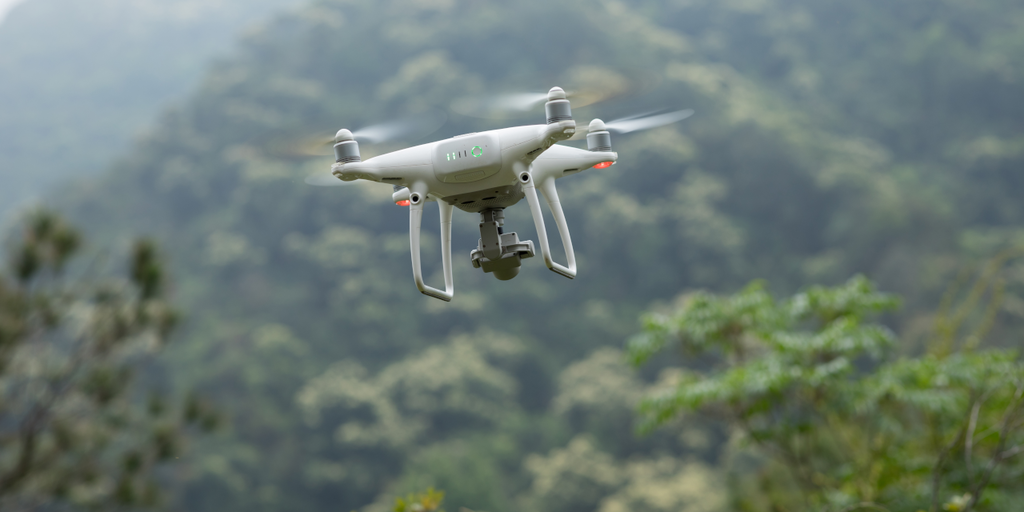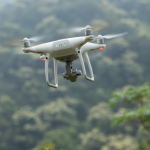Emergency Response Update
Texas and North Carolina Utilize Drones for Flood Relief, Face Challenges with Unauthorized Flights
As catastrophic flooding devastated central Texas and North Carolina, emergency responders deployed various technologies, including sophisticated drones, to manage the crisis.
Drones Play Key Role in Search and Rescue
In response to the severe flooding, authorities in both affected states effectively leveraged unmanned aerial vehicles (UAVs) to aid emergency operations. Texas and North Carolina emergency responders utilized professional and military-grade drones equipped with infrared cameras and real-time video feeds to map flood zones, locate stranded victims, and direct rescue teams.
Concerted search efforts were underway to find several individuals, including those from Camp Mystic in Texas. An MQ-9 Reaper drone operating at high altitude helped first responders locate missing victims among the flood debris.
Concerns Over Unauthorized Drone Operations
While the utility of purpose-built drones was clear for disaster response, too many were proving to be problematic. According to Dalton Rice, City Manager for Kerrville, Texas, personal drones were being flown in restricted airspace.
We know people want to volunteer, but what we’re starting to see is personal drones flying,” Rice stated during a press conference. “These personal drones are a danger to aircraft, which then risks further operations. We need to keep these personal drones out of the sky.
Similar concerns were echoed on social media by the Texas Sheriffs’ Association, highlighting interference and public safety risks. Even law enforcement officials in Kerr County confirmed that unauthorized drone operations were hindering rescue efforts.
Airspace Restrictions Imposed
The chaotic environment impacted by numerous unauthorized drone flights necessitated action by aviation authorities. The U.S. Federal Aviation Administration issued a Temporary Flight Restriction (TFR) over parts of Central Texas.
“The FAA often implements temporary flight restrictions during emergencies to protect aircraft that are involved in emergency operations,” an FAA spokesperson told Decrypt. “All other aircraft are prohibited from flying in TFRs unless they receive authorization.”
However, they noted that organizations responding to natural disasters may apply for expedited airspace access through the FAA’s Special Governmental Interest process.
The Flooding Context
In Central Texas, flash flooding began with unnaturally rapid advancements: rivers surged by up to 26 feet in just 45 minutes after overnight rainfall, catching many residents by surprise despite prior warnings.
Separately, just two days later, Tropical Depression Chantal brought torrential rain to Central and Eastern North Carolina, leading to widespread flash flooding and overwhelmed infrastructure. North Carolina officials also declared states of emergency in several counties.
Public Advisory
Emergency management officials in both states issued strong warnings urging the public to refrain from flying recreational drones in disaster response areas. A North Carolina Emergency Management spokesperson confirmed that “those not actively engaged [should] not fly personal drones,” citing safety concerns due to airspace deconfliction with manned aircraft.
“Please do not fly drones over impacted areas and search operations,” the Texas Game Warden’s office stressed. “They interfere with drones being used in search efforts and are a safety risk to other emergency services aircraft.”











